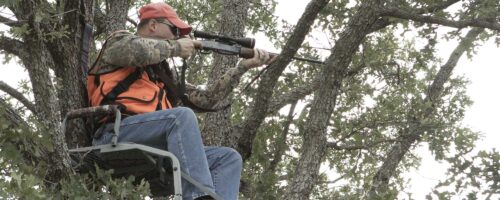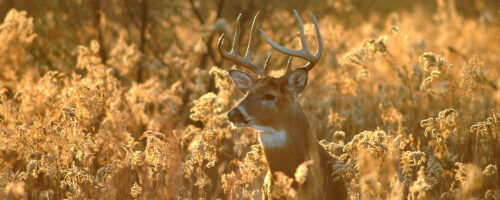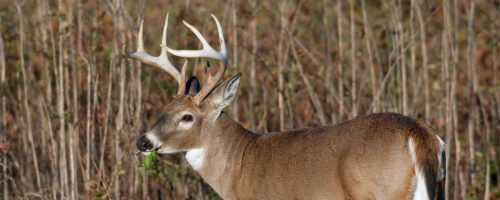Tag: deer
Categories

Hunting Season Begins With a Review of Safety
Estimated reading time: 3 minutesFood Requirements for Different Animals
Estimated reading time: 4 minutes
One Buck Limit
Estimated reading time: 3 minutes